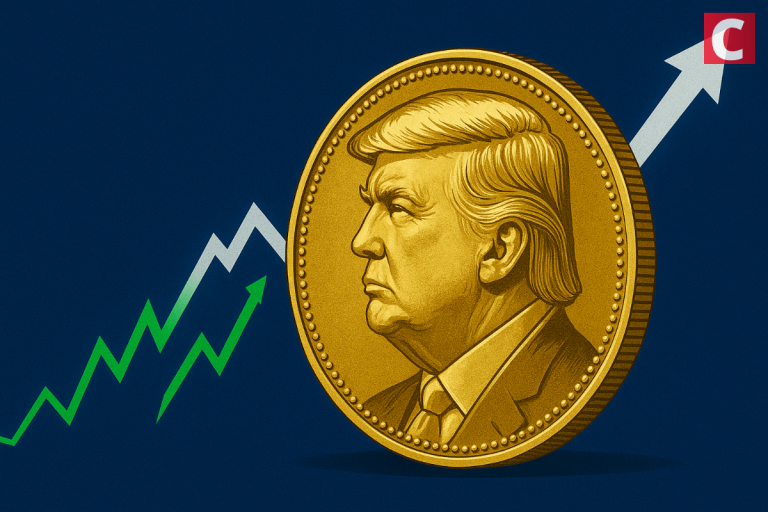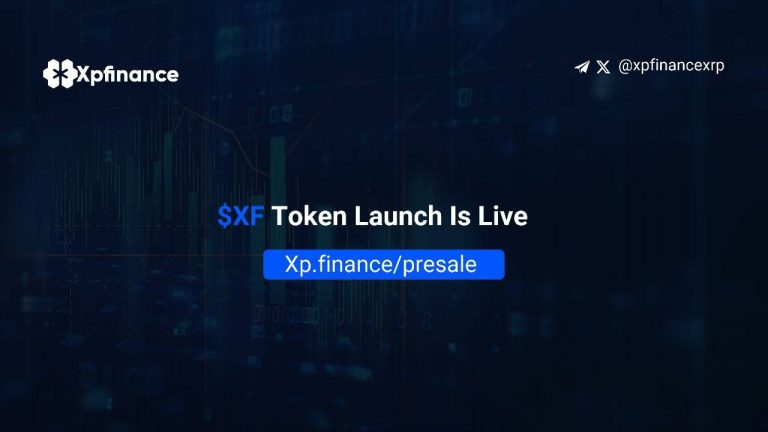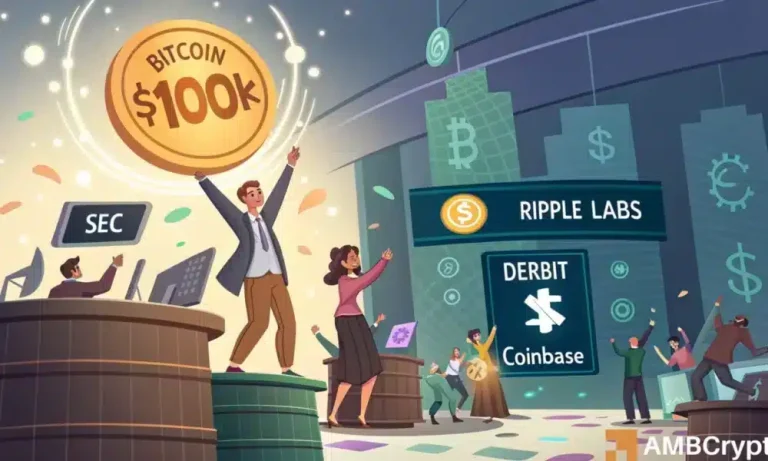Airdrops used to be just marketing tricks, but now they’re serious business. In 2025, major projects use them to reward early users, build hype, and get liquidity without relying on big exchanges.
Everyone’s getting airdrops now – regular DeFi users, NFT collectors, and meme coin fans. But the numbers tell the story. Projects have given away over $14 billion in token value in just two years.
That’s real money moving through smart contracts and changing the entire Web3 sphere.
Why Meme Coins Love Airdrops
Crypto marketing is tough, and everyone’s fighting for attention. Meme coins need buzz, quick growth, and community energy – and airdrops deliver all three.
Look at BONK on Solana. They gave away 50% of their supply to Solana users, NFT holders, and developers.
The results were wild – BONK’s price jumped 3,000% in weeks, and Solana activity shot up. NFT communities made BONK-themed content, and trading platforms rushed to list it.
Then WEN came along in 2024 and took it further. They targeted artists and creators in Solana’s NFT world. Over 700,000 wallets claimed tokens in less than a week.
Trading hit $100 million by day three. The best part is that everyone who got tokens started promoting them, posting screenshots, and bragging about getting in early.
This approach works so well that new projects don’t wonder if they should do an airdrop – they just plan when.
Seasoned investors tracking the best meme coins don’t just watch price charts or Discord groups – they watch for airdrop plans. In the current market, many tokens take off before they even hit exchanges. Meme coins, in particular, are known for their rapid price increases.
How Airdrops Work in Reality
Airdrops seem simple, as free tokens in your wallet – but there’s way more going on. Project design them to keep you involved, not just to give stuff away.
It starts with eligibility: projects set rules about what gets you tokens. Did you use their app? Hold certain NFTs? Stake tokens? Vote on proposals? Were you active before a certain date? These choices decide who gets what.
The project takes a snapshot at a specific moment, recording which wallets did what activities. Then they calculate rewards and announce the airdrop.
Users visit the official site, connect wallets, and claim tokens. Some drops require you to claim manually, while others just deposit tokens directly.
The best airdrops connect to something useful. That’s why Uniswap, Arbitrum, and Celestia made such a good impression.
Their airdrops not only rewarded users but also turned them into invested participants. Many people stuck around and kept using the products, which helped keep value after the initial excitement faded.
This has changed what users expect. In 2025, if a new protocol launches without hinting at airdrops, most DeFi users ignore it completely.
Real Numbers, Real Money
People chase airdrops because they pay off. In 2023, Arbitrum gave away over 1 billion ARB tokens to 625,000 wallets – which is more than $1.5 billion at the time. Celestia followed in 2024, distributing about 60 million TIA tokens to 190,000 addresses. In the time since, billions of dollars worth of tokens have been sold via airdrops.
Some lucky people got drops worth over $8,000 – just for being early users.
The trend keeps growing. More than 80 different airdrop campaigns have been launched in just the first three months of 2025. Chain data shows over 1.2 million wallets have participated in at least one airdrop in the past 90 days.
This has created “airdrop farmers” – people who specifically use new platforms and testnets to qualify for future drops. Some manage dozens of wallets at once.
Others run scripts to handle hundreds. It’s competitive, but the payoff can be huge.
Projects have caught on. Some now add scoring systems and reward tiers. Others include NFTs, badges, or even real-world events for top participants.
It’s no longer all about tokens – you need to be recognized as an early supporter.
How Airdrops Affect Token Economics
Here’s something usually missed: Airdrops completely change how tokens launch and grow. A good airdrop can stabilize a token’s launch, create natural trading activity, and prevent a few big players from controlling everything.
Projects now design their token distribution with airdrops in mind from the start. A typical setup might give 20-25% to the airdrop, another chunk for ongoing community rewards, and the rest for the team, treasury, and investors.
This matters because it affects what happens after launch. When thousands of users get tokens for free, they mostly sell some but hold others, especially if there are staking rewards or voting rights. This reduces the available supply and lessens immediate selling pressure.
Meme coins like BONK and WIF used this approach effectively on Solana. On Ethereum L2s, projects such as Optimism and Base saw huge liquidity boosts from airdrops that helped bootstrap their networks before venture capital arrived.
Some analysts now view airdrop distribution as a measure of decentralization. A network with 500,000 wallets holding tokens from airdrops is probably stronger than one with just 10 big holders, regardless of what the marketing claims.
New Rules Follow the Game
Airdrops in 2025 work differently than before. It’s not about signing up for random forms anymore.
Now, genuine participation seems to be very important. The more active you are in a protocol or system, the better your chances of getting some real rewards later.
This has created a kind of status system in crypto culture. Users proudly share their testnet contributions, NFT staking history, or governance proposals.
Some collect proof-of-engagement tokens through platforms such as Galxe or Layer3, knowing these might unlock bigger airdrops down the road.
It’s changed how people use platforms as well. Before, users might swap tokens once and leave.
But now, they come back weekly, vote on proposals, interact with tools, and hold onto liquidity positions just in case they qualify for future drops.
The result is stickier ecosystems, better user retention, and more authentic communities. Airdrops hook users into long-term action.
How Airdrops Push Market Cycles
In bear markets, people focus on fundamentals. But during bull markets, they chase a new chance, and airdrops feed both needs.
In late 2022 and early 2023, as prices dropped and trading dried up, many wallets went inactive. Then, Arbitrum announced its airdrop. Suddenly, bridge activity spiked. People rushed to swap, stake, and vote – not just for immediate gains, but for the airdrop that would follow.
That activity alone helped rebuild optimism across L2 ecosystems.
The same pattern repeated with Celestia, ZetaChain, and others. That’s why projects carefully time their airdrops with broader market movements. A well-placed airdrop can reset momentum and bring life back into a blockchain when it needs it most.
Basically, airdrops don’t follow bull markets – they help build the hype.













